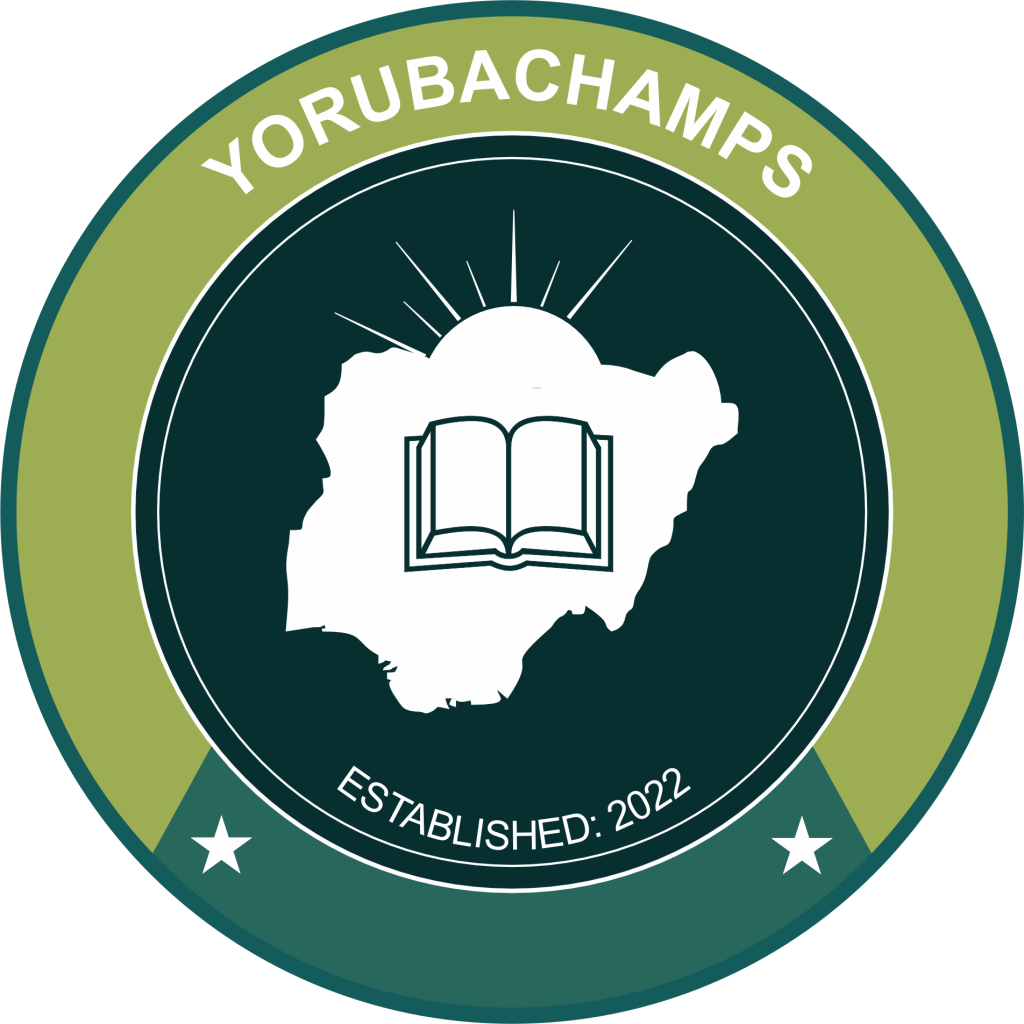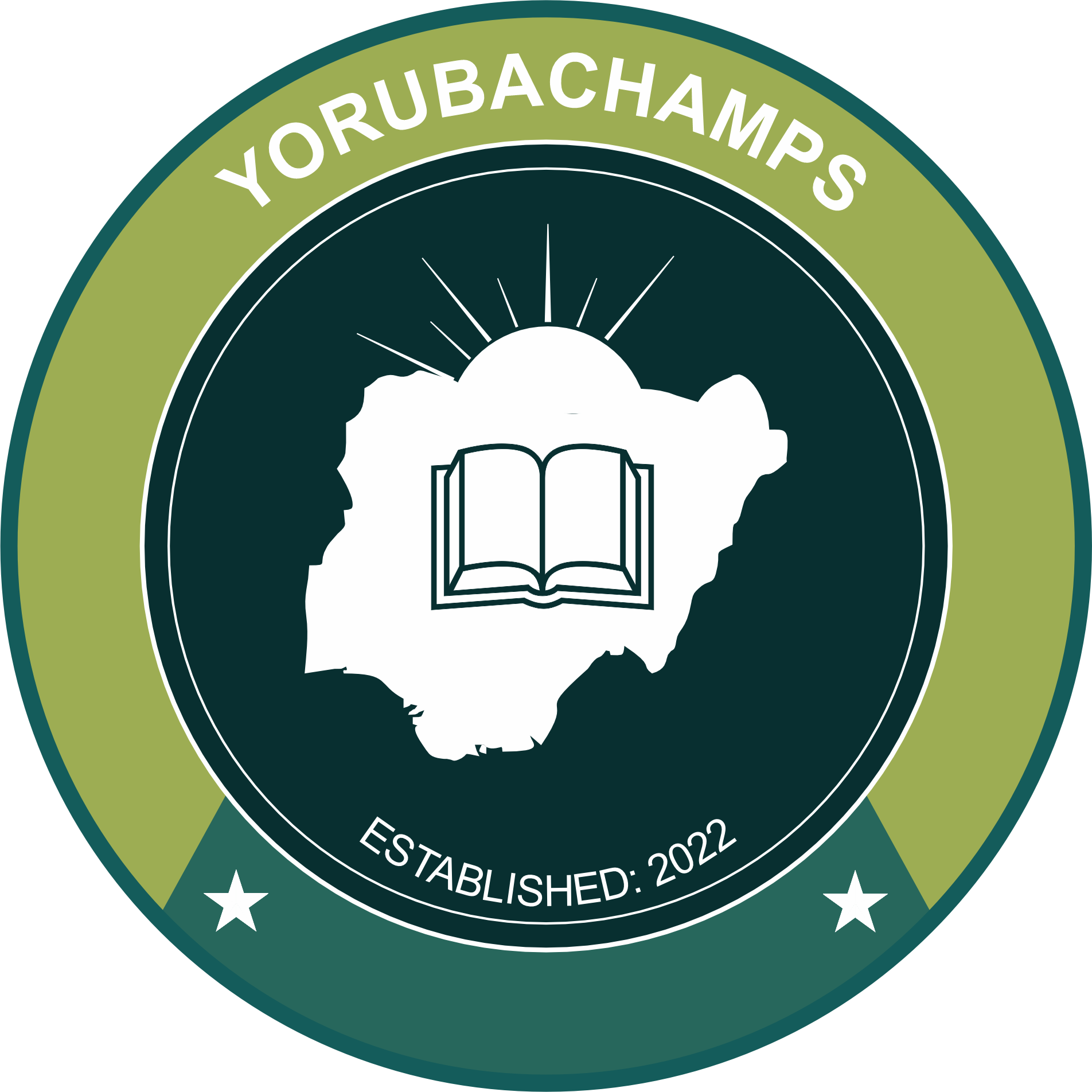There’s no debate that online learning has become a staple of higher education. And today’s online courses encompass a wide range of subjects and are more accessible than ever.
From current college students to people seeking a career change to professionals looking to update their skills, there is an online program for everyone.
More than 6.5 million people were enrolled in some type of distance learning course offered through a degree-granting college or university in 2017, according to the National Center for Education Statistics.
But why is online learning so popular, what methods make it effective, and where did it all begin? And most critically, how does the online educational experience match up to the traditional classroom?
Let’s dig into the answers to these questions.
Distance Learning: New Technologies for an Old Practice
Distance learning online may be new, but the desire to learn from field experts from afar is not. In fact, all that’s really changed over the centuries—yes, centuries!—is the speed and style of communication.
For instance, in 1728, distance learning took place through correspondence courses in shorthand. Assignments were distributed and collected via parcel post.
In the early 1900s, radio emerged as a new educational opportunity. In 1919, for example, University of Wisconsin professors began the first federally licensed radio station dedicated to educational broadcasting.
However, truly functional distance learning remained little more than a fringe endeavor until the birth of the World Wide Web in 1991.
Today, online learning is the fastest growing segment of education, even as overall enrollment at postsecondary institutions declines. It’s no wonder that 65 percent of institutions report that online learning is critical to their long-term strategic plans.
See how Harvard Extension delivers quality programs across the globe
Why Students Choose Online Courses
Learning styles are as varied as people themselves. While there’s no one “best” course format, research suggests that for some, online learning can be a rich experience.
For instance, studies show that high self-efficacy often leads to success in online courses. In addition, computer literacy, good time management skills, and a positive attitude toward e-learning have been shown to be key characteristics of students who learn effectively in a blended learning environment.
In most cases, online and blended learning are as effective as a traditional classroom setting. But they may offer unmatched benefits for students studying part time or from a distance.
Scheduling flexibility
Most people agree that the biggest benefit of online courses is their flexibility. According to a recent study by Best Colleges, more than half of online learners have children at home or are currently working. Online courses offer the opportunity to complete classwork when it is most convenient, without sacrificing the quality of the educational experience.
Many online courses can be completed in the evenings, over the weekend, or during lunch hour. Assignments can be finished in large blocks or broken down into small sessions over the course of the day or the week.
In other words, students can choose the schedule that works best for their particular situation.
Easy-to-use technologies facilitate collaboration
Many online courses today rely heavily on online learning platforms or learning management systems that allow collaboration between students and instructors. These are coupled with online discussion boards, one-on-one messaging, and of course, email for soliciting feedback, discussing concepts, and networking.
Most of these technologies are easy to use, a far cry from the unwieldy online conferencing tools of even a decade ago. Most can be downloaded as an app on a smartphone and/or laptop. And once installed, navigating through the course materials—whether live or recorded—is remarkably simple.
Best of all, the technology used in online courses makes it possible for students with disabilities (whether they be visual, auditory, or physical) to participate fully in classes and discussions.
Plenty of career-boosting course options
Online learning offers thousands of courses designed to meet just about any individual goal, from anywhere with an internet connection.
Online course technology lets institutions extend their opportunities to people living in regions with limited options. This not only expands educational options for those in remote or under-resourced areas, it allows them to network with professionals and experts in their desired field.
Plus, the availability of workshops, individual courses, microcredentials, certificates, and degrees lets students tailor their pathway to fill particular gaps.
Distance programs put learners of every age and background solidly in control of their development, allowing them to take just the courses they need to reach their goals. These factors are why online education is a foundation of the lifelong learning philosophy.
Have questions? Talk to our Enrollment Services team
What are the different types of online courses?
Today’s modern online classes offer the same quality of instruction, educational experience, and networking opportunities as the traditional classroom.
Generally speaking, there are three different types of online classes or courses to choose from:
- Asynchronous: Learners read or listen to course material on their own, at their own pace, completing assignments independently
- Synchronous: Students use video-conferencing platforms to interact in real-time with both instructors and classmates
- Blended: A mix of recorded lectures, slideshows, and PDFs can be accessed at any time for self-paced learning, coupled with regularly scheduled video conferencing for real-time interaction; some courses may even include campus visits for additional collaboration
The range of online formats ensures that anyone seeking to enrich their educational background outside of the traditional classroom can do so in the way that best suits them, without sacrificing the quality of the educational experience.
Moreover, the availability of self-paced, yet still interactive, distance education reflects a larger shift in educatiPedagogical theory in general has shifted away from behaviorism, in which learners were viewed as blank slates which could be filled with information and habits through drill and reward.
Today’s cognitive theory and constructivist teaching seek to understand how people build new knowledge within the framework of what they already know and understand.
Constructivism in particular dictates that learners be at the helm of their own education, while instructors act as mediators who introduce ideas, ask questions, and encourage students to explore new ways of thinking on their own.
Online courses present a rich opportunity for this kind of teaching and learning. Students can absorb new information independently and come together to synthesize that information into real-world knowledge with classmates and instructors.
This ideal match between the theory of learning and the actual implementation of instruction may explain the success of students in online classes.
Yet whatever the reason, this is certain: Online education is fundamentally changing the paradigm of higher education. It is opening up learning possibilities to students everywhere, in nearly every circumstance, and delivering that education in a way that is proving to be effective, convenient, and empowering.

